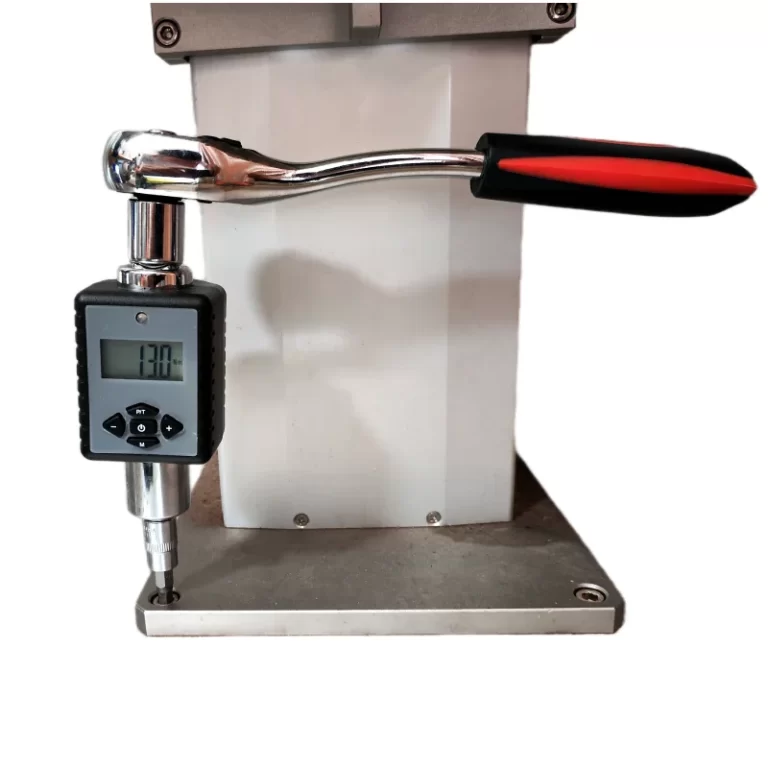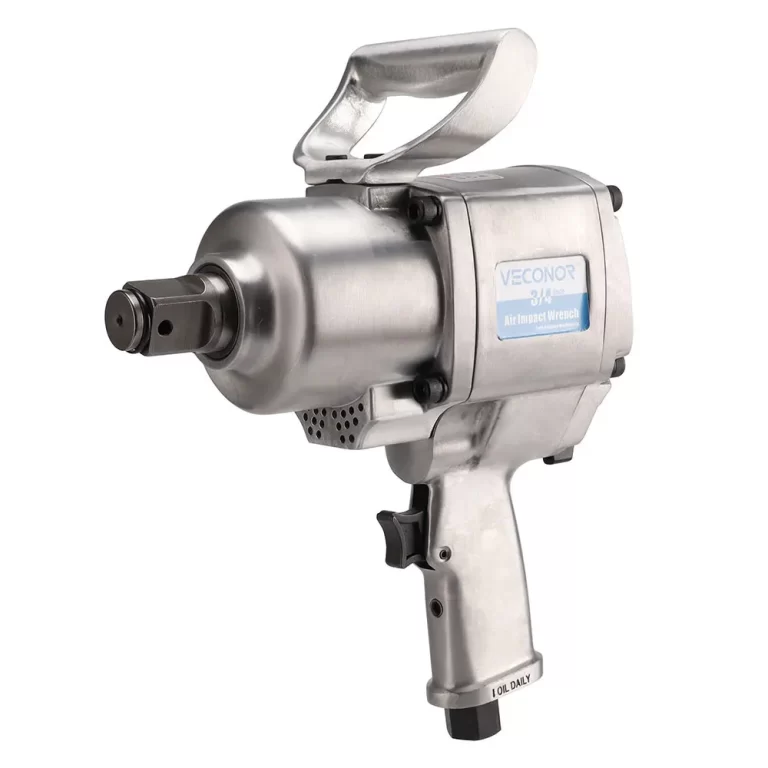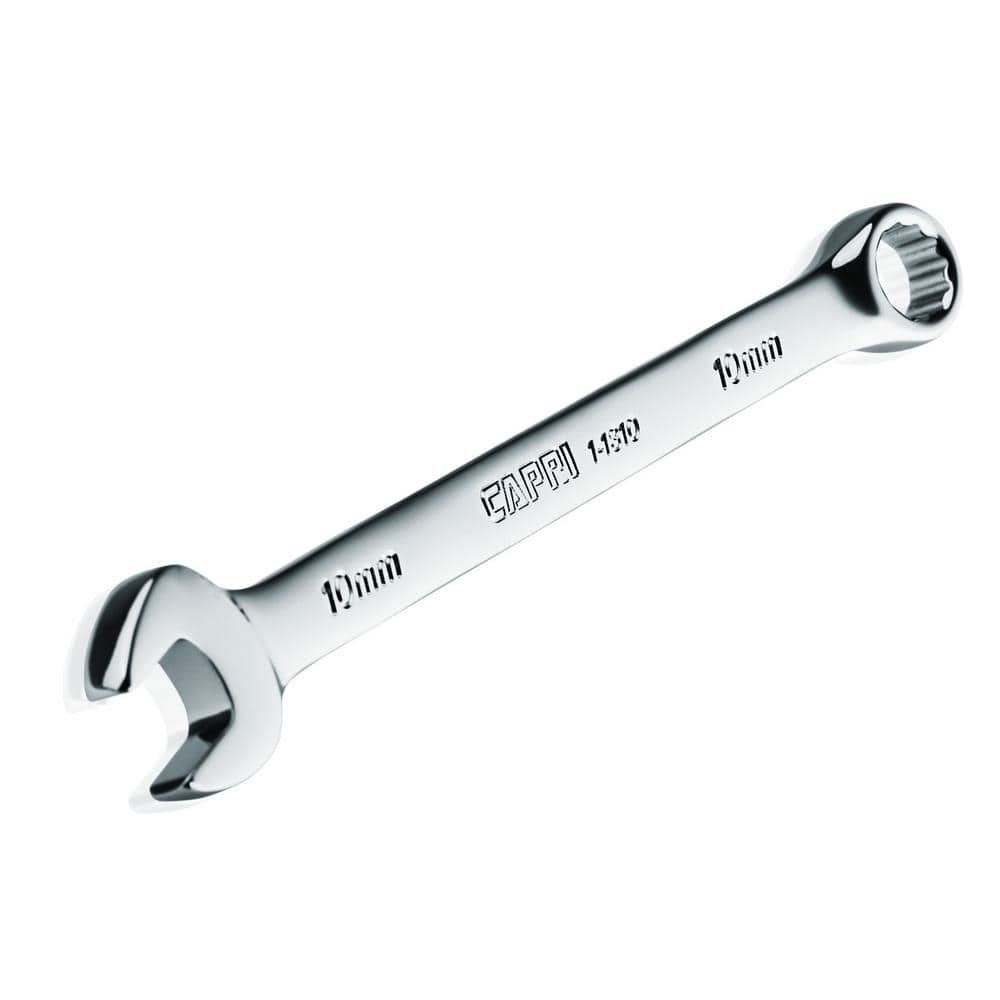
What You Need to Know About the 10mm Wrench for Repairs
When it comes to basic hand tools, few are as commonly used as the 10mm wrench. This size fits a wide range of bolts and nuts found in automotive repairs, household appliances, bicycles, and DIY projects. Whether you’re tightening a loose bracket or disassembling an engine component, having the right 10mm wrench makes the task faster and safer. Mechanics, hobbyists, and homeowners alike rely on this specific metric size because it appears so frequently across different equipment.
From spark plug housings to suspension parts, the 10mm bolt is a standard in many manufacturing designs. As a result, owning a quality 10mm wrench is not just helpful—it’s essential. In this article, we’ll explore the different types available, their materials, how to use them properly, and what to look for when buying one. You’ll also learn about safety tips, maintenance, and real-world applications. By the end, you’ll understand why the 10mm wrench deserves a permanent spot in your toolbox.
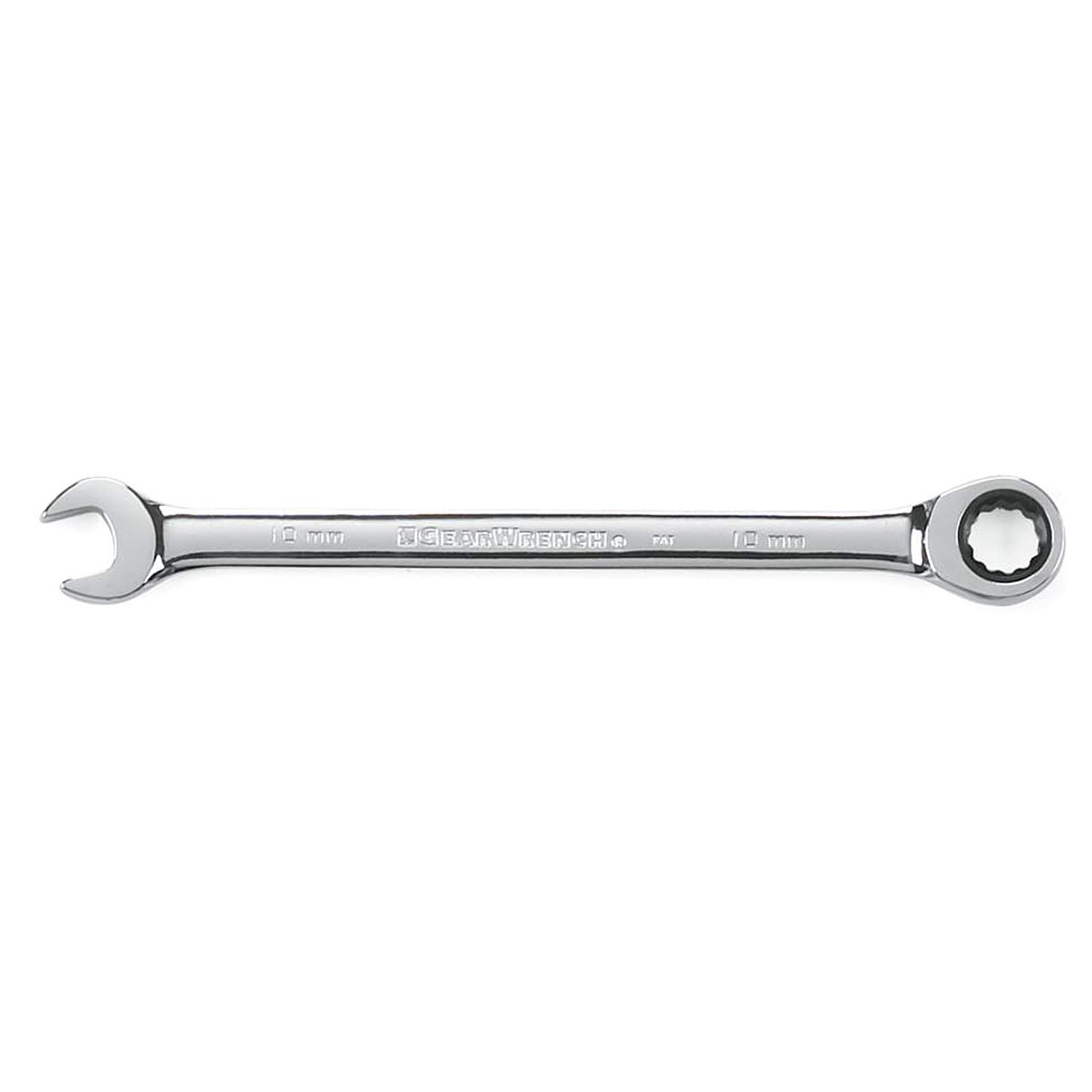 Introduction to the 10mm Wrench
Introduction to the 10mm Wrench
A 10mm wrench is a vital hand tool. It is designed for loosening or tightening 10mm nuts and bolts. This wrench is compact and fits perfectly in tight spaces. Commonly found in toolboxes, it has diverse uses across various industries.
The 10mm wrench is often associated with automotive tasks. Many car parts use 10mm fasteners, making this tool indispensable for vehicle repairs. Home repairs and appliance maintenance also frequently require a 10mm wrench.
Available in various types, it suits different tasks and handling preferences. Options include open-end, box-end, and ratchet wrenches. Depending on the design, you can choose a versatile or job-specific wrench.
Overall, the 10mm wrench is small but mighty. Its versatility and usability make it a must-have for both enthusiasts and professionals.
Why the Wrench is a Toolbox Essential
The 10mm wrench is one of the most frequently used tools in any toolbox. Its importance comes from the widespread use of 10mm fasteners. These fasteners are common in automotive, household, and appliance repairs.
Key Reasons for Its Importance
- Versatility Across Tasks: The 10mm wrench fits various tasks. It’s useful for cars, bicycles, and appliances.
- Compact Design: Its small size helps reach tight spaces. This is handy for confined working areas.
- Essential for Car Repairs: Many automotive parts like batteries, panels, and hoses use 10mm bolts. Without this wrench, performing maintenance would be difficult.
- Ease of Use: Its simple design makes it user-friendly, even for those new to tools.
Popularity in Toolboxes
This wrench has earned its spot in almost every toolbox due to its utility. Professionals and DIY enthusiasts alike keep one on hand for both small and large tasks. It’s the go-to tool when dealing with nuts and bolts sized at 10mm.
In short, a 10mm wrench is not just a tool; it’s an essential item. Its versatility and reliability make it stand out among other tools.
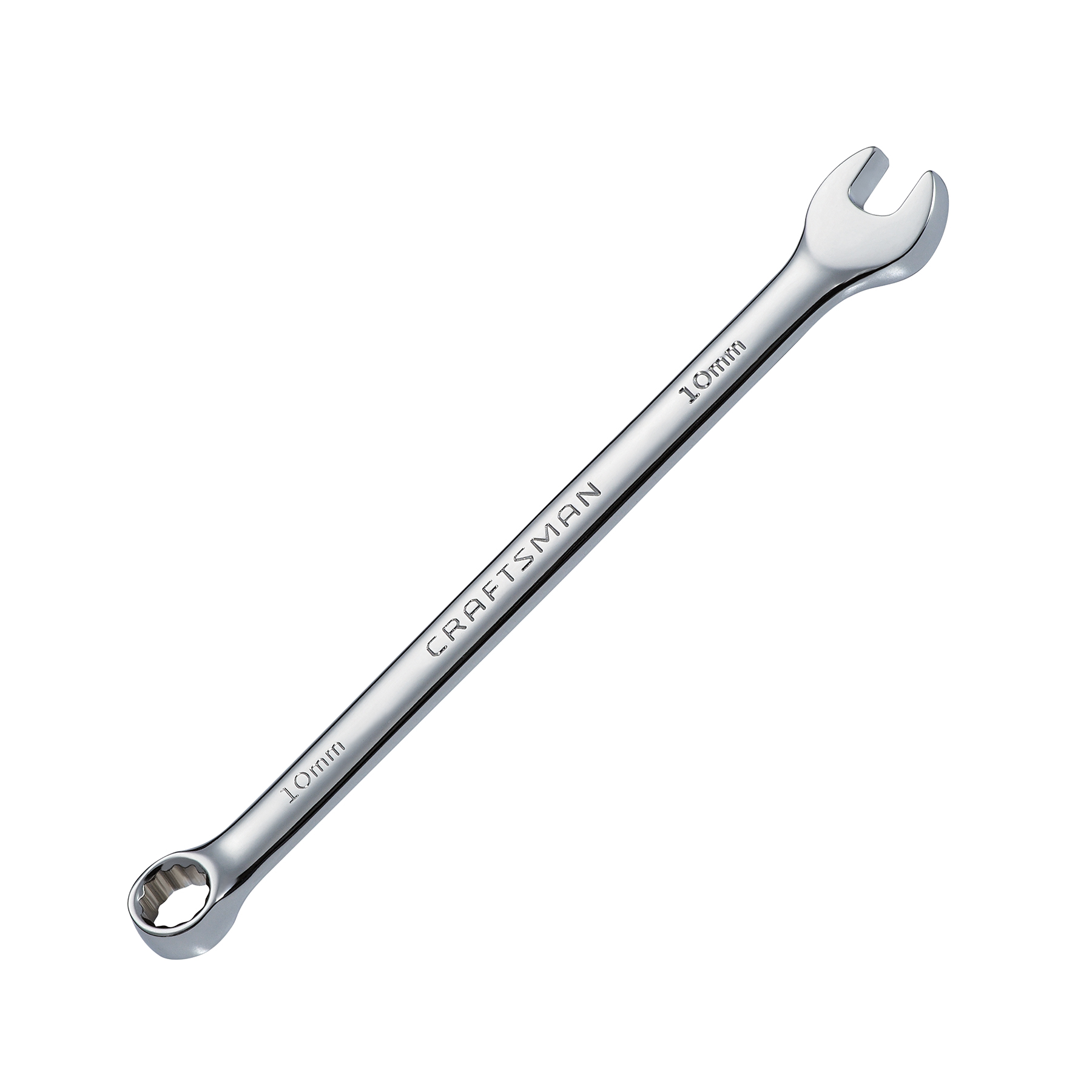 Common Applications
Common Applications
The 10mm wrench is often recognized for its adaptability across multiple applications. Its size makes it ideal for handling the most common types of fasteners used in various settings. Let’s explore the key uses of this essential tool.
Automotive Repairs
The 10mm wrench is indispensable for car maintenance. Many vehicles use 10mm bolts and nuts for components like:
- Battery Terminals: Essential for disconnecting and reconnecting battery cables.
- Engine Covers: Often secured with 10mm fasteners.
- Hose Clamps and Panels: Commonly held in place by 10mm bolts.
Whether you’re changing a battery or fixing a loose panel, this wrench is a must.
Home Maintenance
In household repairs, the 10mm wrench proves equally useful. Common applications include:
- Furniture Assembly: Many flat-pack furniture sets have bolts with a 10mm head.
- Plumbing Repairs: Tightening or loosening fittings in small spaces.
- DIY Projects: A go-to tool for assembling and fixing projects.
Its compact size ensures you can tackle household tasks with precision.
Appliance Servicing
Home appliances often rely on 10mm nuts and bolts for assembly and repair. The wrench is particularly helpful for:
- Tightening Loose Components: Fixing refrigerator doors or washing machine panels.
- Routine Appliance Maintenance: Ensuring stability and functionality of devices.
This versatility makes it a favorite tool for both professionals and homeowners.
Bicycle and Motorcycle Repairs
For cycling and motorbike enthusiasts, the 10mm wrench is vital. It’s used to:
- Adjust Brakes and Handlebars: Ensuring proper alignment and safety.
- Tighten Chain Components: Maintaining the bike’s optimal performance.
Its compatibility with nuts and bolts in these machines boosts its importance.
Industrial and Professional Tasks
In industrial settings, the 10mm wrench often handles complex machinery and equipment adjustments. From assembling parts to performing delicate repairs, its value is unmatched.
In summary, the 10mm wrench is a multi-purpose tool. Its role spans industries, households, and hobbies, making it essential for everyday fixes and professional tasks.
Types of Wrenches and Their Benefits
A 10mm wrench comes in several types, each designed for specific tasks. Choosing the right type depends on your needs and working conditions. Let’s explore the most common types and their benefits.
Open-End Wrench
- Design: This wrench has an open, U-shaped head.
- Usage: Ideal for quick access to 10mm fasteners.
- Benefits: Lightweight and easy to maneuver in tight spaces.
Box-End Wrench
- Design: Enclosed head that grips all sides of a nut or bolt.
- Usage: Ensures secure grip, reducing chances of slipping.
- Benefits: Perfect for tough or rusted fasteners.
Combination Wrench
- Design: Features an open-end on one side and box-end on the other.
- Usage: Versatile for multiple tasks with one tool.
- Benefits: Combines speed and grip for efficiency.
Ratcheting Wrench
- Design: Includes a ratchet mechanism in the box-end.
- Usage: Loosens or tightens without lifting the wrench off the fastener.
- Benefits: Saves time and effort during repeated movements.
Adjustable Wrench
- Design: Adjustable head that fits multiple sizes, including 10mm.
- Usage: Convenient for working on various fastener sizes.
- Benefits: Reduces the need for owning multiple wrenches.
Specialty Wrenches
- Examples: Flex-head wrench and stubby wrench.
- Usage: Designed for unique needs like tight angles or confined areas.
- Benefits: Provides flexibility and convenience in challenging spaces.
Torque Wrench
- Design: Ensures precise tightening to specific torque values.
- Usage: Used for sensitive tasks requiring accuracy.
- Benefits: Prevents over-tightening or under-tightening fasteners.
In conclusion, each type of 10mm wrench offers unique features. Understanding their benefits helps you pick the best tool for your needs.
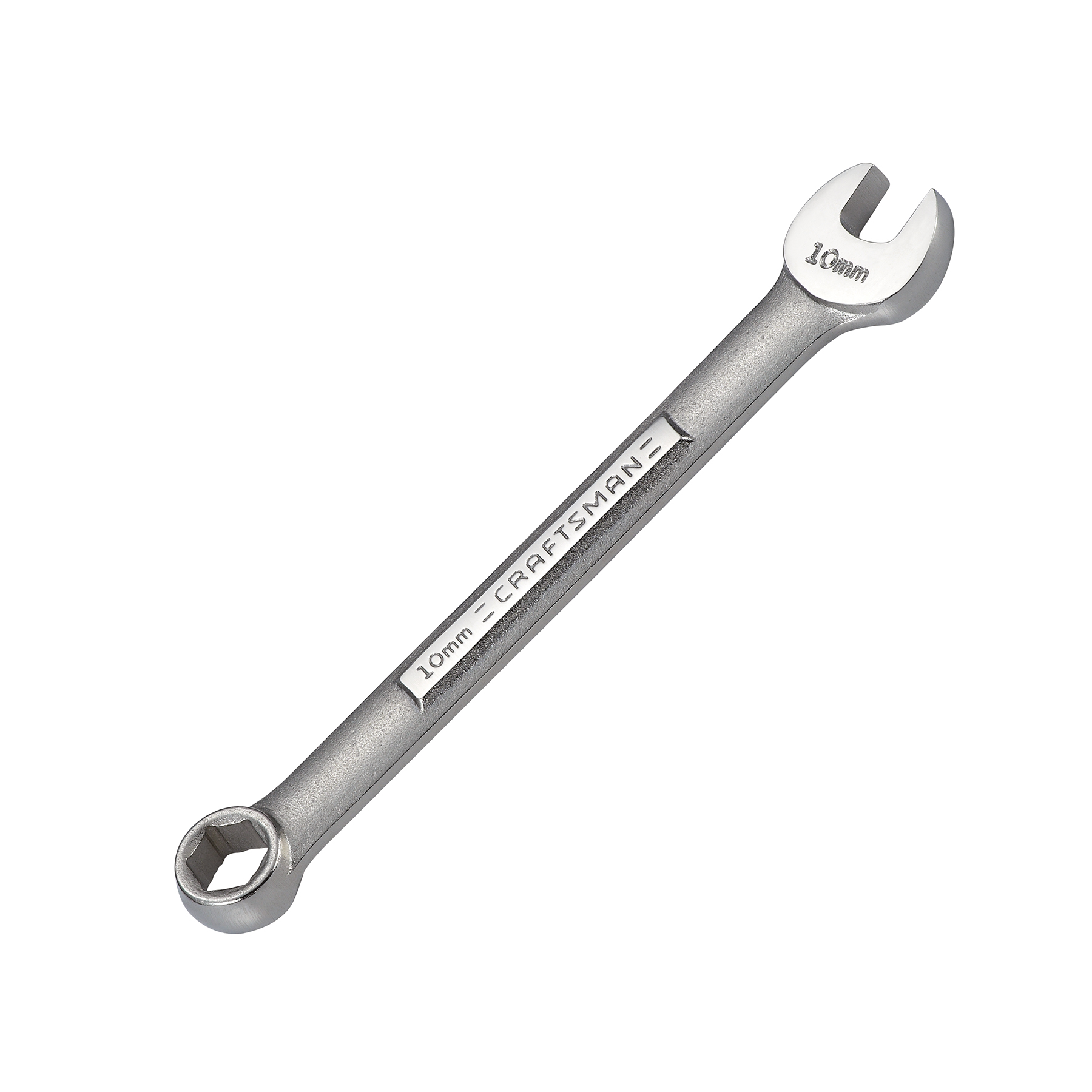 How to Choose the Right Wrench
How to Choose the Right Wrench
Selecting the right 10mm wrench ensures efficiency and ease in your tasks. Here are some key steps to help you make the best choice:
Identify Your Task Needs
- Type of Work: Determine whether you need it for automotive, home, or industrial tasks.
- Fastener Condition: Rusted or delicate fasteners may require a box-end or torque wrench.
- Space Constraints: Use a stubby or flex-head wrench for tight spaces.
Consider the Wrench Type
- Open-End Wrench: Ideal for quick access but may lack firm grip on stubborn bolts.
- Box-End Wrench: Offers a secure hold for rusted or stuck fasteners.
- Ratcheting Wrench: Perfect for repetitive tasks, saving time and effort.
- Combination Wrench: Combines versatility with grip, useful for multiple tasks.
- Adjustable Wrench: Suitable for varied fastener sizes but less precise on grip.
Analyze Build Quality
- Material: Opt for durable materials like chrome-vanadium steel.
- Finish: Look for corrosion-resistant finishes like chrome plating.
- Ergonomics: Make sure the handle is comfortable for prolonged use.
Evaluate Cost vs. Value
- Budget: Set a budget, but prioritize quality and usability over price.
- Brand Reputation: Consider brands known for durability and reliability.
- Warranty: Check for warranties or guarantees as indicators of quality.
Compatibility with Fasteners
- 10mm Fasteners: Ensure the wrench precisely fits standard 10mm nuts and bolts.
- Special Needs: Use a torque wrench for precise tightening or specialty wrenches for unique tasks.
By following these steps, you’ll choose the right 10mm wrench for any job. A proper selection enhances efficiency, safety, and ease of use.
Maintenance and Care
A well-maintained 10mm wrench ensures its long-term functionality and efficiency. Proper care is crucial to avoid wear and damage. By following the steps below, you can keep your wrench in excellent condition.
Clean Regularly
- Wipe the wrench after every use. Remove dirt, grease, and debris.
- Wash with mild soap and water for tougher dirt.
- Dry completely to prevent rust formation.
Lubricate Moving Parts
- Apply a small amount of machine oil to any movable sections, like in ratcheting wrenches.
- Ensure smooth operation and reduce wear over time.
Inspect for Damage
- Check for cracks, bends, or worn-out ends regularly.
- Identify issues early to avoid worsening damage.
Store Properly
- Keep the wrench in a dry place to avoid moisture.
- Use a dedicated toolbox or storage rack to prevent mishandling.
Avoid Extreme Conditions
- Do not expose the wrench to high heat or corrosive chemicals.
- Use the correct wrench only for intended purposes to prevent strain.
Sharpen Edges if Necessary
- If the open-end or box-end edges have worn down, sharpen or restore them carefully.
Routine Maintenance Tips
- Schedule routine checks for professional or frequent use.
- Replace parts like ratcheting mechanisms when needed.
Maintaining your 10mm wrench boosts longevity and performance. A well-cared tool ensures safe and effective use.
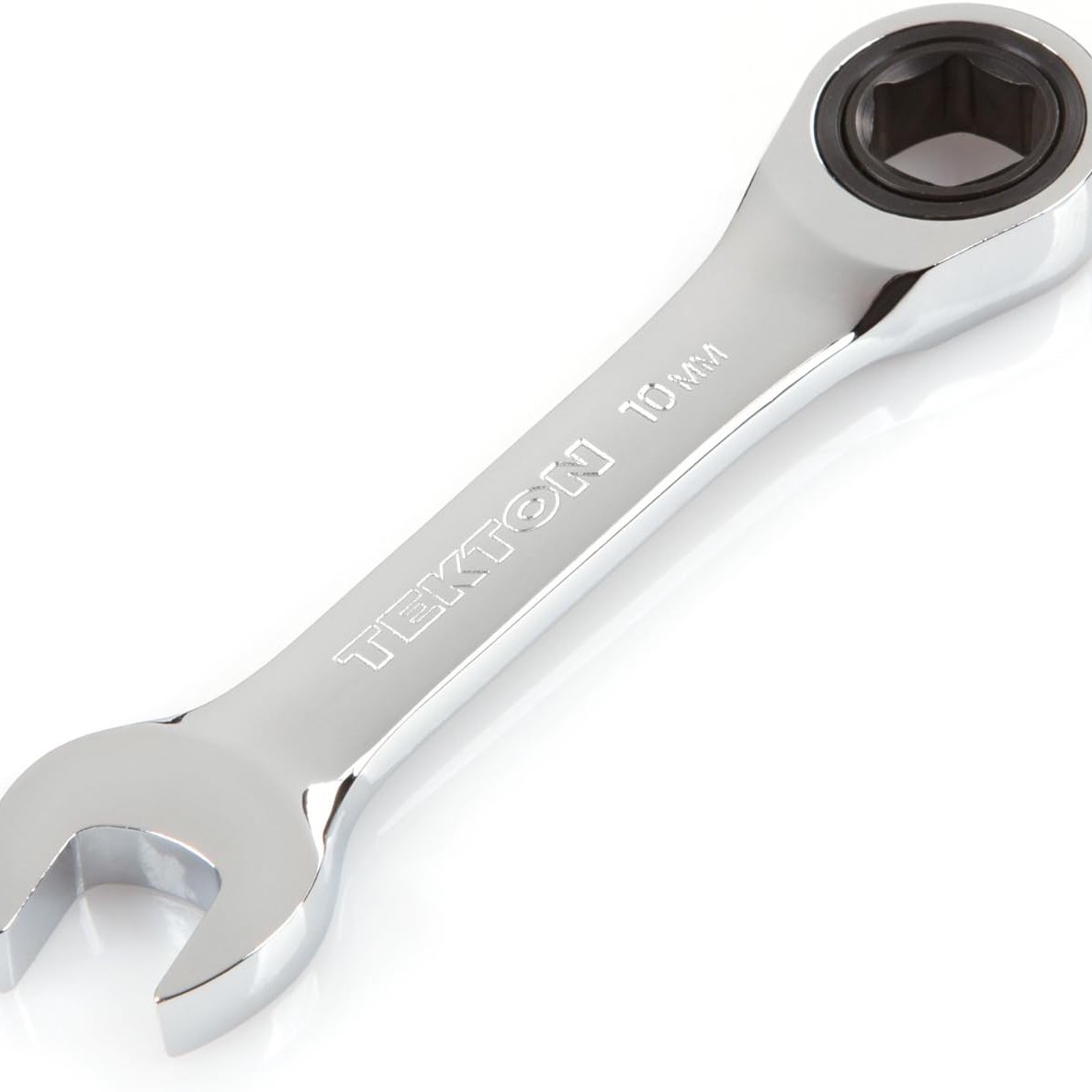 Tips for Using a 10mm Wrench Effectively
Tips for Using a 10mm Wrench Effectively
Using a 10mm wrench correctly ensures safety and efficiency during tasks. Follow these tips for optimal results:
Secure the Wrench Firmly
- Always align the wrench properly with the fastener.
- Ensure it grips securely to prevent slipping.
- Use slow, controlled movements to maintain grip.
Apply Proper Force
- Avoid excessive force to prevent damaging the fastener or wrench.
- Use steady pressure, especially on tough or rusted bolts.
- For stubborn fasteners, use a breaker bar for more leverage.
Choose the Suitable Type
- Match the wrench type to the task for maximum efficiency.
- Opt for ratcheting wrenches for repetitive actions.
- Use specialty wrenches for confined spaces or unique needs.
Use Lubricants When Required
- Apply lubricant on rusted or stuck bolts before turning.
- Ensure minimal quantity to avoid mess during work.
Maintain Comfort During Use
- Hold the wrench with a firm but comfortable grip.
- Adjust your working position for better control.
- Avoid prolonged use to reduce hand strain.
Check Fasteners Before Tightening
- Inspect the bolt for potential damage or rust.
- Ensure threads are clean for smooth operation.
Follow Proper Techniques
- Turn clockwise for tightening and counterclockwise for loosening.
- Rotate in small increments for better precision.
- Double-check tightness to ensure components are secure.
By practicing these tips, using a 10mm wrench becomes easier and more effective.
Troubleshooting Common Issues
Even the most reliable tools like a 10mm wrench can face issues over time. Identifying and addressing these problems early ensures the tool remains functional and safe to use. Here are some common issues and their solutions:
Loose Grip on Fasteners
- Problem: The wrench slips off the nut or bolt repeatedly.
- Cause: Worn edges on the wrench or incorrect alignment.
- Solution: Inspect the grip edges for wear. Replace the wrench if necessary. Always align the wrench properly.
Rust and Corrosion
- Problem: Rust appears, affecting the wrench’s strength and usability.
- Cause: Exposure to moisture and lack of maintenance.
- Solution: Clean the wrench thoroughly and apply a rust remover. Store it in a dry area.
Stuck Ratcheting Mechanism
- Problem: The ratcheting mechanism jams or feels stiff.
- Cause: Dirt buildup or lack of lubrication.
- Solution: Disassemble the mechanism if possible. Clean and lubricate it with machine oil.
Difficulty in Handling Tight Bolts
- Problem: The wrench cannot turn tight or rusted fasteners.
- Cause: Insufficient force or improper technique.
- Solution: Use a breaker bar for extra leverage. Apply lubricant to loosen rusted bolts.
Damaged Wrench Surface
- Problem: Cracks, bends, or chipped edges reduce the tool’s effectiveness.
- Cause: Overuse, accidents, or using the wrong tool for the job.
- Solution: Replace the wrench immediately to avoid safety risks. Use the correct tool for each task.
Misalignment When Tightening
- Problem: The wrench keeps slipping during use.
- Cause: Not securing the wrench properly on the fastener.
- Solution: Double-check alignment before applying force. Ensure the wrench perfectly fits the bolt.
Keeping a 10mm wrench in good condition allows smooth operation for all tasks. Regular inspections and proper usage reduce issues and extend its lifespan.
Frequently Asked Questions
Can I use a 10mm wrench on a 3/8-inch bolt?
No, they are not interchangeable. 10mm is slightly larger and may damage the bolt.
Is the 10mm size common in the U.S.?
Yes, due to imported vehicles and global manufacturing standards.
What’s the difference between a wrench and a spanner?
In American English, “wrench” is standard. “Spanner” is used in British English.
Do I need a ratcheting 10mm wrench?
It depends on your work. Ratchets save time in repetitive tasks.
Are cheap 10mm wrenches safe?
Low-cost tools may lack strength. Invest in reputable brands for critical jobs.
How do I know if my wrench is worn out?
Look for rounded jaws, cracks, or loose mechanisms.
Can I use it on plumbing fittings?
Only if the fitting is 10mm. Most pipes use different sizing systems.
 Final Thoughts
Final Thoughts
The 10mm wrench might seem small, but its impact is significant. It plays a key role in repairs across vehicles, bikes, appliances, and home projects. Its consistent appearance in technical manuals proves its importance. Whether you’re a weekend fixer or a full-time mechanic, having a dependable 10mm wrench saves time and frustration. With various styles, materials, and brands available, there’s a perfect option for every need. Choose one that fits comfortably, resists wear, and meets safety standards. Maintain it well, and it will serve you for years. In short, the 10mm wrench is more than just a tool—it’s a fundamental part of modern problem-solving. Make sure yours is ready when duty calls.
